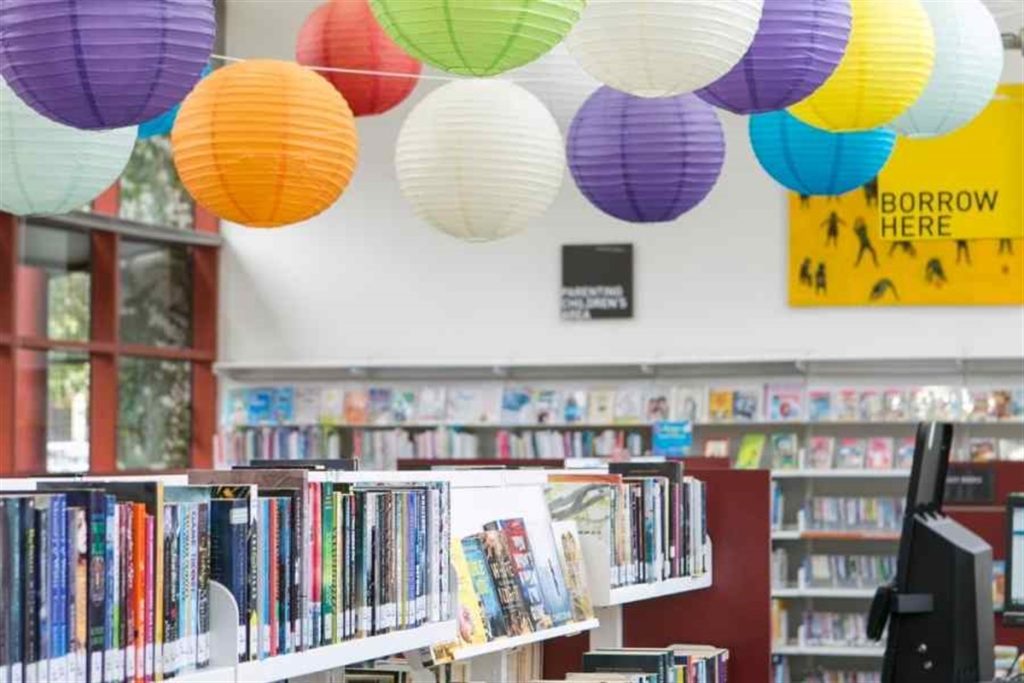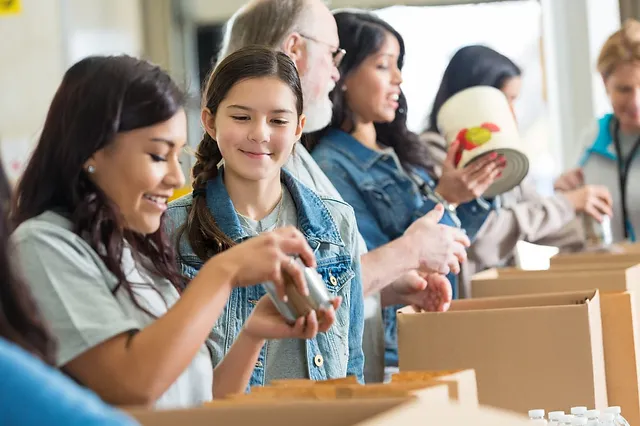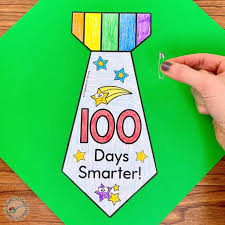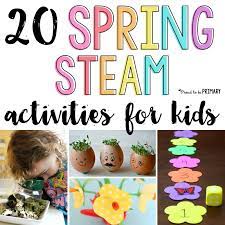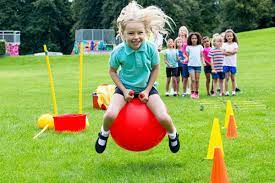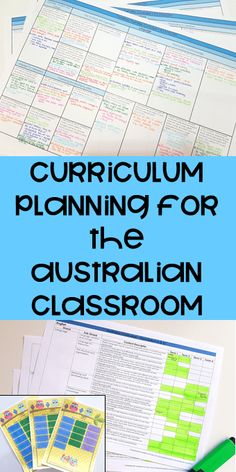Book Week is an exciting time for primary schools across Australia, with the Children’s Book Council of Australia (CBCA) bringing children and books together to celebrate reading. Here are 10 creative ideas to make CBCA Book Week an inspirational event in your primary classroom.
1. Character Parade: Encourage students to dress up as their favorite book characters and have a parade in the school hall or playground.
2. Author Visit: Arrange for a local author or illustrator to visit your classroom, either in person or via a virtual meet-up, to speak about their work and the joy of reading and writing.
3. Book-Themed Crafts: Have students create bookmarks or design their own book covers for their favourite stories.
4. Storytelling Sessions: Set up a cozy corner in your classroom where you can read aloud from selected books, allowing students to listen and imagine the worlds being described.
5. Reading Challenges: Create a Book Week reading challenge with rewards for students who read the most books or explore different genres.
6. Write-a-Book Project: Guide your class through the process of writing and illustrating their own short stories, which can be compiled into a class book.
7. Literary Picnic: Host an outdoor reading session with picnic blankets and a selection of books, where students can enjoy reading in nature.
8. Book Swap: Organize a book swap where students bring in books they’ve finished reading and swap them with classmates, promoting sharing and the discovery of new stories.
9. Decorate the Door: Have each class decorate their door with scenes or characters from a chosen book, turning the school into a gallery of literary wonders.
10. Drama Skits: Allow students to perform short drama skits based on popular book scenes, encouraging them to engage with literature in an active and creative way.
Book Week is not only about celebrating books but also about instilling a lifelong love of reading in children. These activities are designed not just to be fun, but also to deepen students’ engagement with literature and storytelling. Enjoy your CBCA Book Week!
